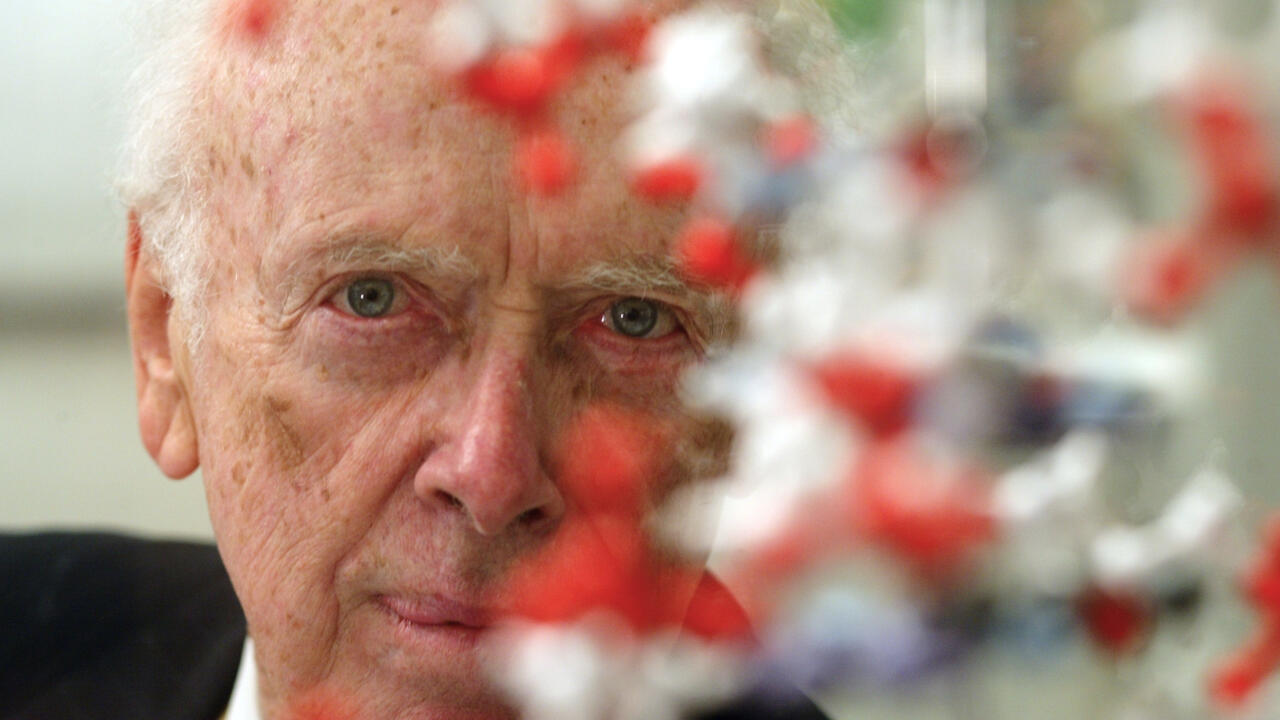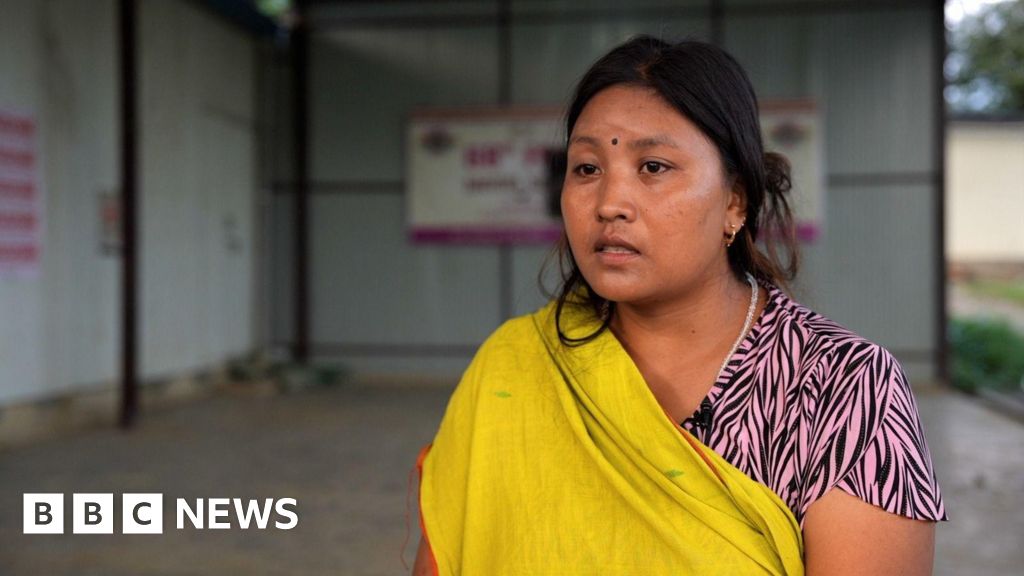Annesha GhoshSports writer

 AFP via Getty Images
AFP via Getty Images
Anu Kumari (left), Kavya NR (centre) and Durga Yevle (right) celebrate a win
The ongoing inaugural Blind Women's T20 Cricket World Cup has put the spotlight on visually impaired Indian women who have overcome immense challenges to reach this stage.
They come from villages, farming families and small-town hostels, with many learning the sport only in the past few years.
The T20 tournament - a six-team event featuring India, Nepal, Pakistan, Sri Lanka, Australia and the USA - began on 11 November in Delhi. After a few matches in Bengaluru, the venue for the knockouts has now moved to Sri Lanka's capital Colombo.
The 16-member Indian squad represents nine states - Karnataka, Maharashtra, Rajasthan, Madhya Pradesh, Andhra Pradesh, Odisha, Delhi, Assam, and Bihar. Many players were introduced to the sport through schoolteachers, disability organisations, or community camps.
"Most of the players are from rural backgrounds," said team manager Shika Shetty. "Language and culture were barriers, families and teachers were often unwilling to let them pursue the sport, and even introducing the rules of blind cricket took time. But now they are all competing with pride."
Blind cricket uses a plastic ball with metal bearings that makes a sound, and players are classified depending on their level of visual impairment. Players are classified as B1, B2 or B3, based on vision, and teams must include a mix of all three. The ball jingles and is bowled underarm along the pitch. B1 players, who are fully blind, bat with runners for safety, and each run they complete counts as two.
The World Cup features six teams in a single round-robin. India won all five matches and were the first side to qualify for the semi-finals.
Who is on the team?

 Cricket Association for the Blind in India
Cricket Association for the Blind in India
India is led by Deepika TC who lost her vision to an accident as a child
India's team is captained by Deepika TC, a Karnataka native who lost her sight as a baby after an accident. She grew up in a farming family, unaware that sport would define her life.
Cricket reached her through specialised schools, where teachers encouraged her to try the game despite her hesitation. Over time, the sport gave her direction and confidence, she says.
Leading India in the World Cup carries deep meaning for her.
"This is the biggest moment of my and my team's life. Earlier this month, the sighted Indian women's cricket team won the World Cup in Navi Mumbai, and we want to make it a double this month," Deepika said.
She said support from Indian women's World Cup winner Jemimah Rodrigues and men's Test captain Shubman Gill had been very meaningful.
Vice-captain Ganga Kadam of Maharashtra, from a family of nine siblings, was enrolled in a school for the blind by her farmer father to secure a stable future.
She played cricket casually until a mentor urged her to take it seriously. Learning to trust sound, timing, and orientation was challenging. The 26-year-old's progress came through persistence rather than immediate results, and she now inspires visually impaired girls in her village to play sports.
Watch: Team India shine at first T20 World Cup for blind women
Another on the team, top-order batter Anekha Devi, 20, from Jammu and Kashmir, was born partially blind. Her uncle, also visually impaired, urged her to attend a blind cricket camp in Delhi after school.
She remembers early sessions as overwhelming, with unfamiliar voices and techniques. But she adapted quickly and surprised coaches with her grasp of the audible ball system.
Within two years she reached the national team and often speaks of wanting to become the role model she never had for herself.
Her 18-year-old all-rounder teammate, Phula Saren, from a tribal community in Odisha, lost vision in her left eye at five, as well as her mother soon after. She discovered cricket through a teacher at a school for the blind.
Travelling to tournaments was challenging, and persuading her family took time, but she persisted. Her turning point wasn't a trophy - it was realising she belonged at the national level.
Meanwhile, Sunita Sarathe from Madhya Pradesh didn't step into cricket directly from school. She completed college, explored various jobs, and only joined a blind cricket camp on a friend's recommendation.
The sport felt "fast and complicated", but she kept returning. Coaches say she trained intensely because she felt she had joined "late". She is now one of India's most reliable fielders.

 Cricket Association for the Blind in India
Cricket Association for the Blind in India
Batter Anekha Devi was encouraged to attend a blind cricket camp after school
Headquartered in London, the World Blind Cricket Council (WBCC) has overseen the sport since 1996. While the men's game has a longer history - with the first 50-over World Cup in 1998 and the inaugural T20 World Cup in 2012 - this year marks the first-ever women's Blind Cricket World Cup.
India's women's blind cricket setup is still young. The Cricket Association for the Blind in India (CABI), which governs blind cricket nationally, was established in 2011. Systematic scouting for a women's team began in 2019, leading to their first international match in 2023 and a gold medal at the IBSA World Games in Birmingham the same year.
"We believed we were doing injustice by not giving visually impaired women the same opportunities as the men," said Mahantesh GK, CABI's chairperson.
"Creating this tournament took huge effort. Money was a challenge. Getting teams was a challenge. But we persisted. Now the response from both the central and many state governments, sponsors, the corporate world and the public has been remarkable. The future will be much bigger."

 Cricket Association for the Blind in India
Cricket Association for the Blind in India
The 16-member Indian squad is drawn from nine states
The semifinals and final of the World Cup will be held in Colombo, with the final set for Sunday. All matches are streamed live on CABI's YouTube channel and state-run Prasar Bharati platforms, while India's games are also broadcast on national broadcaster Doordarshan, giving the sport a major visibility boost.
"As more countries field women's teams, the standard and global footprint for women's blind cricket will rise quickly," Mr Mahantesh says.
Coach Shetty believes the visibility will change how families respond to girls entering the sport.
"Now that people have watched these matches on livestreams and seen these women perform, families will feel more confident about allowing their daughters to play. It will not feel like an unknown path anymore."
Follow BBC News India on Instagram, YouTube, X and Facebook.

 5 hours ago
1
5 hours ago
1










 English (US) ·
English (US) ·